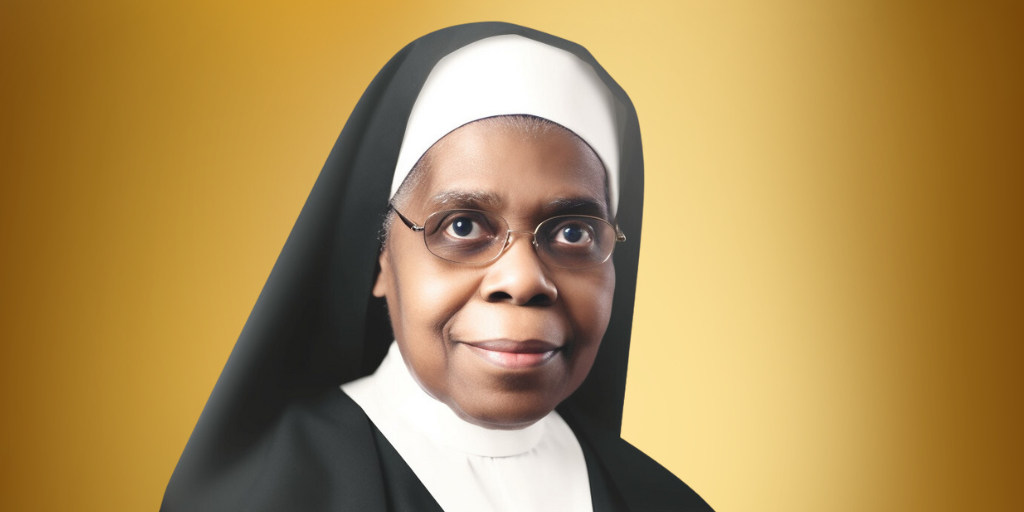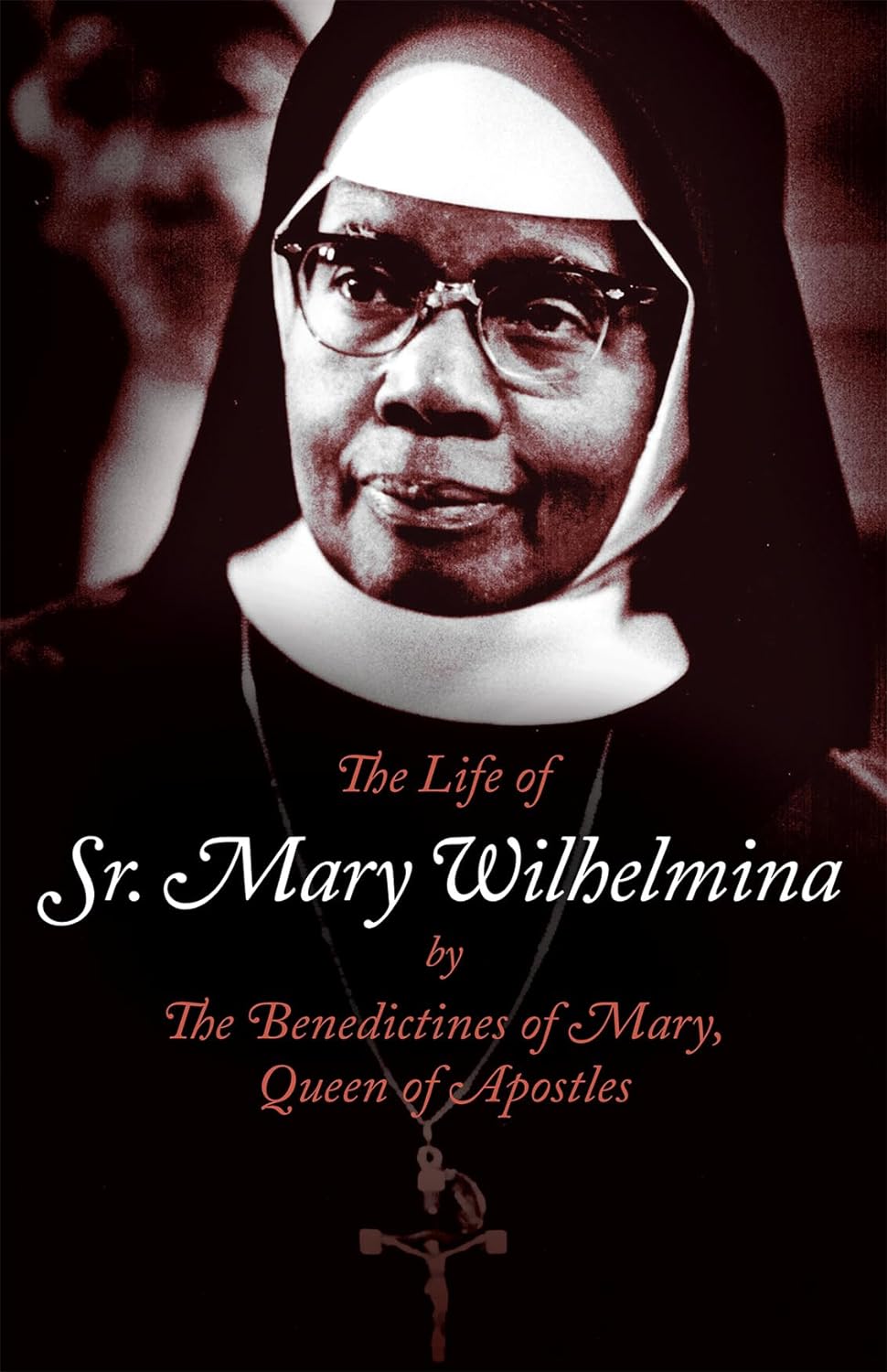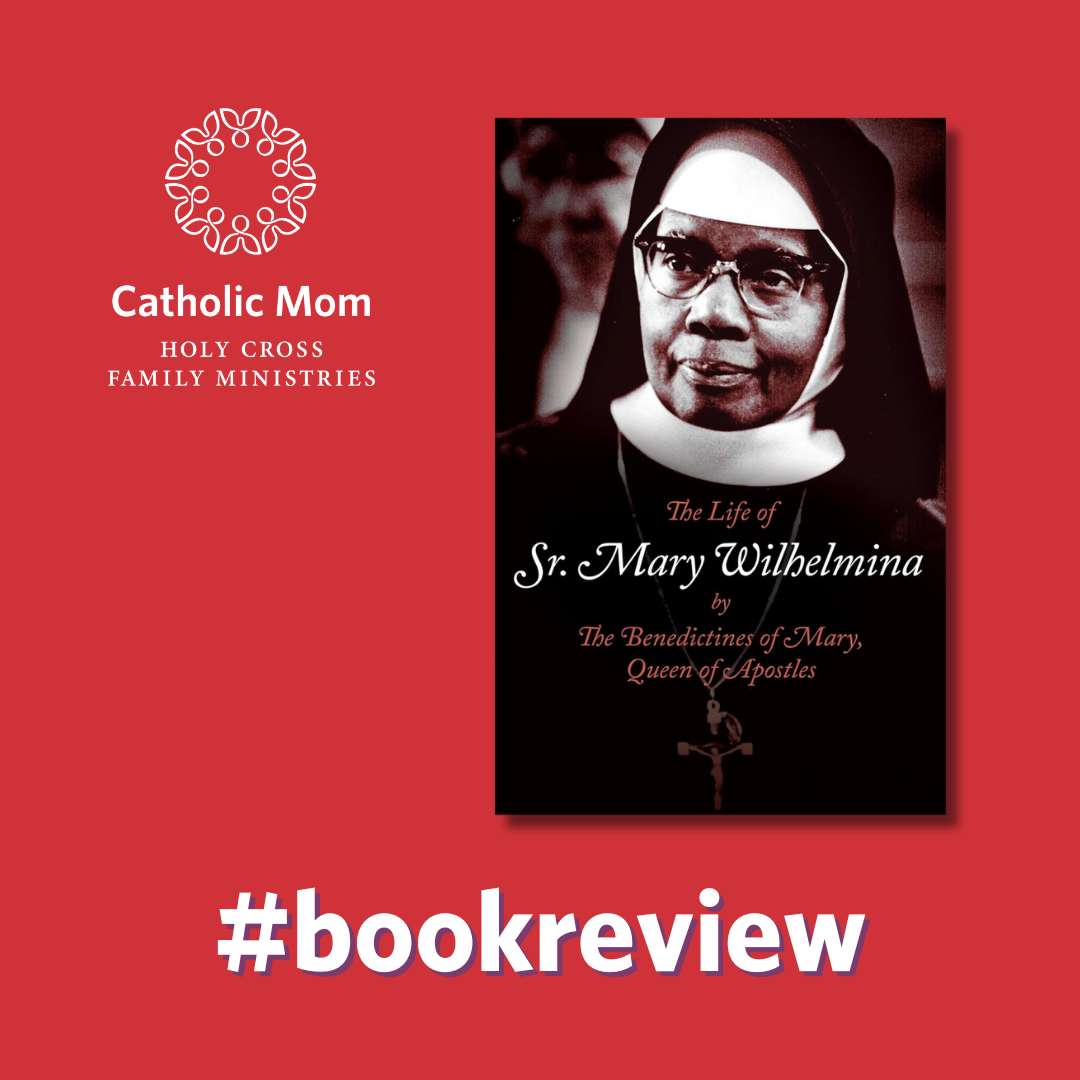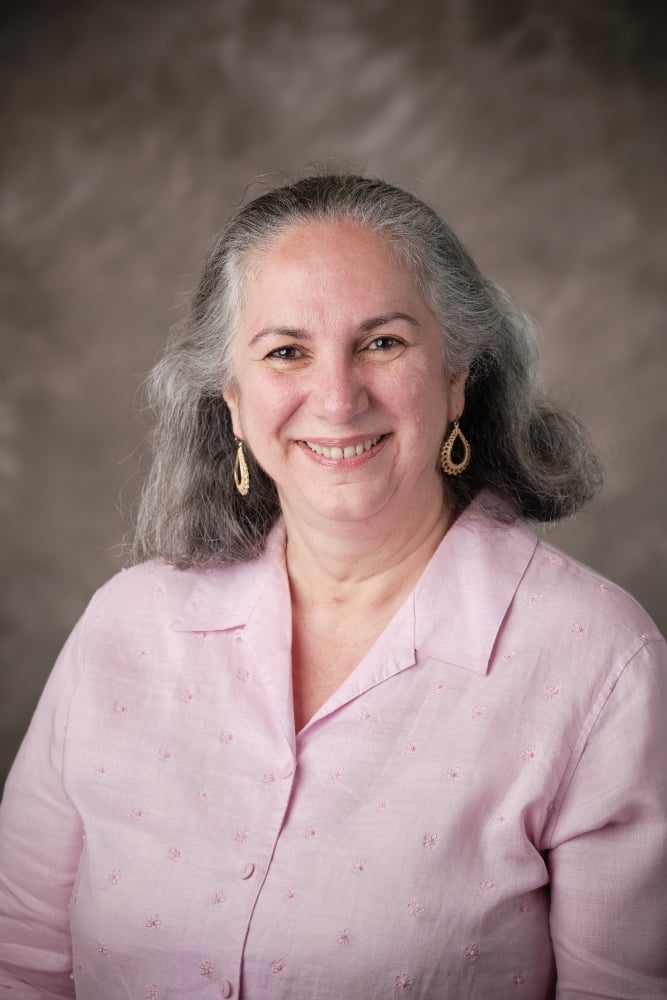
Maria Morera Johnson reviews a biography of Sr. Mary Wilhelmina, the foundress of the Benedictines of Mary, Queen of Apostles.
In The Life of Sr. Mary Wilhelmina by The Benedictines of Mary, Queen of Apostles, the reader gets an intimate look into the life of an extraordinary woman religious who achieved, near the end of her life, what many endeavor to accomplish in a lifetime. I have a deep interest in learning about the life of Sr. Mary Wilhelmina. Many years ago, while researching saints and saintly women for a book, I encountered Mother Mary Lange, now Venerable Mary Lange, a nineteenth-century religious sister and educator who had a formidable influence on Sr. Mary Wilhelmina.

To understand Sr. Mary Wilhelmina, we can look to Mother Mary Lange, an immigrant to the United States in the very early 1800s. She was likely born in Santiago Cuba to Haitian parents who left unrest in Haiti for Cuba, and then continued their lives as immigrants, finally settling in Baltimore, Maryland.
Mother Lange, neé Elizabeth Clarrise Lange, used her own money to educate immigrant children in her neighborhood in Baltimore. She taught young girls their Catechism at a time when education was not available to Black children. She yearned to serve the Lord in this way, and having no opportunities to join the religious life as a religious sister due to racial segregation, founded the Oblate Sisters of Providence for Black women in 1829 with the help of her priest, Fr. Joubert.
I admired Mother Mary Lange, and love Sr. Wilhelmina’s connection to her.
Fast forward almost a hundred years to the birth of Mary Elizabeth Lancaster, who would grow up to be Sr. Mary Wilhelmina. Raised in St. Louis in the early part of the 20th century, Sr. Wilhelmina knew the struggles of both poverty and segregation. She felt a calling to her vocation at a very young age, and aspired to join the Oblate Sisters of Providence, going so far as penning a letter to the order’s superior when she was a young girl, only to be turned away to finish her high school education first.
Sr. Wilhelmina eventually entered the Oblates and enjoyed a beautiful life of service with the order that she had so arduously attempted to enter as a child. Sharing many of the charisms of Mother Mary Lange, she continued a tradition of service and surrender to God. However, it was not without its trials. Sr. Wilhelmina understood that racial tensions in the second half of the 20th century carried a heavy weight upon African Americans. She celebrated her experience as a Black Catholic in America, and especially as a Catholic in America, noting that her identity was in Christ, first.
The post-Vatican II changes that affected the Church, broadly, and her religious order, specifically, were unsettling to Sr. Wilhelmina. Changes in the Mass, starting with the music, left her yearning for the traditional chants she loved. She embraced and held onto the traditional Latin Mass. Changes in the Order, beginning with relaxing the wearing of the habit, greatly disturbed her. Her outlet became impassioned letters to Pope John Paul II asking for his prayers and intervention. She wanted to found a House that retained the traditional elements of the Oblate Sisters of Providence. Her earnest pleas were later expressed to Pope Benedict XVI, the successor to Pope John Paul II. Her desire was not to leave the Oblate Sisters, but to return to the discipline she had always known.
I am reminded of St. Teresa of Avila, and her efforts to reform the Carmelites. Despite her perseverance, Sr. Wilhelmina discerned that she should break from the Oblates that had been her life for fifty years. It was no easy decision, and it came after years of great internal struggle. Nevertheless, she embarked on the difficult task of taking on the leadership of a foundress as she established the Benedictine Sisters of Mary, Queen of Apostles, in 1995.
The Life of Sr. Mary Wilhelmina recounts the life of a faithful woman religious, intent upon surrender to God, as she pursued the disciplined life of a religious sister through the changing social landscape of the late 20th century. It is a study in perseverance and the poetic beauty of a faithful servant.
Ask for The Life of Sr. Mary Wilhelmina at your local Catholic bookseller, or order online from Amazon.com or the publisher, TAN Books.

Copyright 2023 Maria Morera Johnson
Images: (top) Enrique Suarez (RosaryTeam), CC0, via Wikimedia Commons, modified in Canva; all others Canva
About the Author

Maria Morera Johnson
Maria Morera Johnson, author of My Badass Book of Saints, Super Girls and Halo, and Our Lady of Charity: How a Cuban Devotion to Mary Helped Me Grow in Faith and Love writes about all the things that she loves. A cradle Catholic, she struggles with living in the world but not being of it, and blogs about those successes and failures, too.


.png?width=1806&height=731&name=CatholicMom_hcfm_logo1_pos_871c_2728c%20(002).png)
Comments